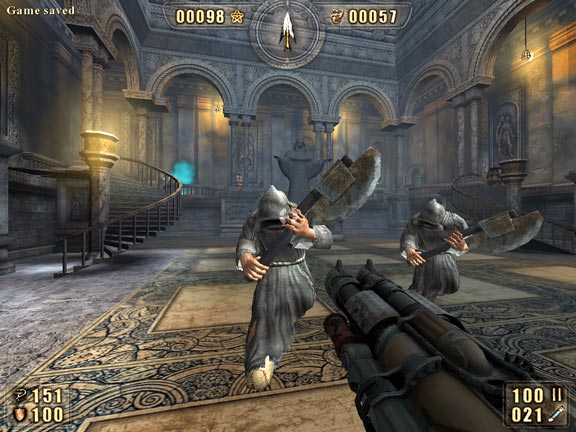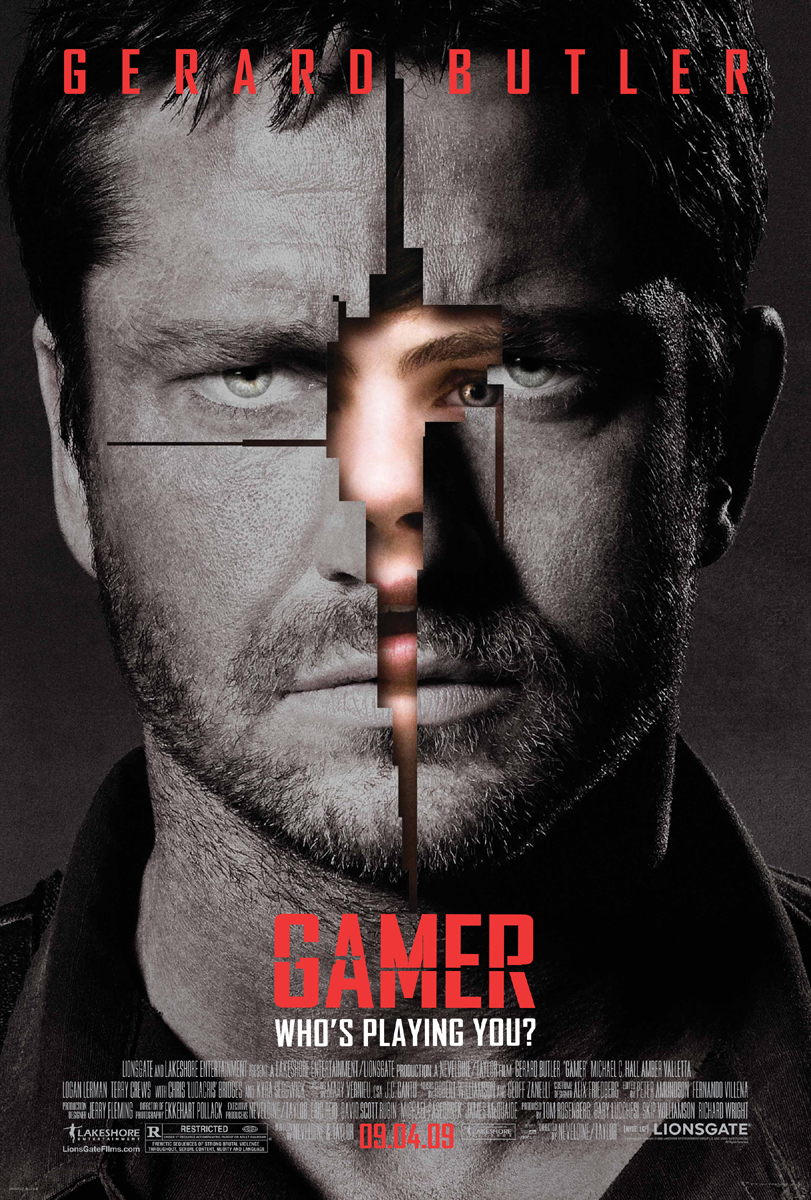You can very well say that I've always been somewhat of a loner. I've always kept a bunch of friends close by, and generally, I like going out into the public and exchange looks, experiences and places with other people, some of which I'm familiar with, some of which are friends, some of which I've never crossed path with and quite possibly never will again. There's something educational about observing the people walking by without interacting with them in any way, them being completely oblivious to the watching eyes studying them, themselves rather oblivious to other pairs of eyes doing the exact same thing.
The thing is - in the nearly complete majority of occasions, this is an activity I do on my own, and I have no desire to go and interact with those people. There are activities in our lives best enjoyed with no other souls around, and my guess would be they vary between individuals and are completely preferential. Some people are more social creatures, always seeking the company of other people, and some are more introverted, preferring to share only a selected handful of out -and indoor doings with other members of society.

As for me, being a 26 years-old gamer who first picked up a Mega-Drive controller somewhere around twenty years ago, I find that gaming is best enjoyed on my own. There, I've said it. I generally don't particularly enjoy long sessions of multiplayer mayhem, and would rather spend my minutes with a high-quality campaign that tells a story and goes somewhere. Not that I don't enjoy multiplayer games - on the contrary. Left 4 Dead 2, Team Fortress 2, Worms Revolution (and Reloaded of course), Chivalry: Medieval Warfare and Battlefield 3 are permanent residents of my hard-drive, and should I go into a TF2 mood, I might very well find the clock showing impressive advancements towards the upcoming change of dates.
But this generally doesn't happen. I don't normally get this craving for social binges. Sam Fisher keeps staring at me, inviting me to go follow that guy and interrogate him, only to knock him unconscious and hide him somewhere so that other guy doesn't find him. Moreover, with the very exception of Left 4 Dead 2, which I enjoy on occasion with my girlfriend, I don't have any friends who like gaming, or my games in particular. And so, looking at my Steam library, which is meticulously divided into categories, one would find that my Multiplayer section is smaller than any other but Rhythm Games, and even the one dubbed That Which I'll Never Play dwarfs it with shame.

I don't think I can pinpoint exactly what it is that makes a fine single-player experience so much more enjoyable for me. Perhaps it's the persistent will to overcome challenge. It could also be the need to see what happens next, what exciting battles are up ahead, the constant urge to finally get to the twist in the plot and have revenge on that villain with wide eyes and a true sense of virtual vengefulness that's unmatched by any film or book. (Note: I adore movies and books. But in a different way. Kind of like how I love chocolate, but I also love chicken soup).
So, while I cannot pinpoint the exact element of single-player gaming that makes it so much more to me, I can recall a few unforgettable moments that no multiplayer game has ever showed me. Please note that this might be spoiler territory, so this next paragraph is marked as a spoiler. Read at will.
I remember playing a level callled Boat in a 2004 gem called Far Cry. The level asks that you destroy a bunch of radio towers and then go and blow up a boat. Of course, the order of towers and where you go exactly is completely up to you, which was the charm of this flawed masterpiece. But somewhere near the end of this level, I found myself looking out on a big field of banana fields, with guards patrolling between the trees, on their heightened posts, and near their tiny fleet of armed jeeps and buggies. Having just acquired my OICW, I just started my ascent into the trees, stealthily looking for the right moment. And then all hell broke loose. Someone saw me. The ensuing (and rather hilarious) "Your ass is grass" signaled the upcoming chaos. Finding temporary cover between thin tree trunks and fending off threats from all around while explosions and a chopper blow the canopy around with sheer force and wind was such a perfect moment, perfectly paced, incredibly challenging in just the right way and the absolute peak of one of the best games I've ever played.
In that same year, my very favorite game, Half-Life 2 came out. Throwing you from one environment to the next and always keeping a threat above your head, this is another example of Valve's immaculate skills at designing games for one. Pretty late in the game, in a chapter called Follow Freeman, the chattery Gordon Freeman is to invade an old museum and destroy the enemy's defenses against the rebels, in what becomes a series of non-stop fighting against the game's strongest humanoid enemies, evasive gunships and the notorious Striders. This chaos goes on for the better part of an hour, forcing you to fight through streets, buildings and one unforgettable courtyard. The missiles pollute the air, the rebels get pummeled by the numbers, and only you, the one and only messianic Freeman, own those striders from cover to cover, enhancing the point that you are the key to ending this war. I felt like the ultimate VIP, the lone knight plotting to courageously overtake the castle. The fact that this long scene continues to Gordon receiving that blue Gravity Gun and owning every soldier around with hilarious ease only works to serve as Valve's immense success at making up for the shaky last two hours of the first Half-Life. Absolutely exhilarating.
Funny thing, another of my best examples comes from Half-Life 2, or, more precisely, Half-Life 2: Episode Two. After a long series of incredible fights against the combine Hunters and some high-quality vehicular action, Gordon finally reaches the remaining members of the Black Mesa Science Team at a base called White Fortress. Soon enough, an army of Striders invades the compound and Gordon is given a tool which helps him take them out with a single bullet. From his handgun. While this sounds easy, this scene is all but - it'll have your heart racing with speed and challenge, urging you to be fast and go from one point to another, all while facing the threat of heavy fire of the Striders and the lethal agility of the Hunters. It also sets the stage for one of gaming's most shocking, emotional endings, which I won't write about here, and just say that if you're one of the few who have not yet played this series of games, you kind of should.

The list goes on and on. I can talk all day about how fun it was to navigate a haunted house amusement ride in Max Payne 2, how incredibly satisfying it was to invade the Jedi Academy and defeat Sith and Shadow Troopers at the end of Jedi Knight 2: Jedi Outcast, how, frightened to my bones, I participated in staring competitions against Metro 2033's Librarians, how incredibly joyful it was to invade a tiny city of lungfishfish or fight my own dad in a meat circus at the end of Psychonauts. I can talk about the hilarious and perfectly scriped trip to India in No One Lives Forever 2: A Spy in H.A.R.M's Way, defeating that spooky spider in Limbo or making it out of the CIA headquarters undetected in the tensest mission of Tom Clancy's Splinter Cell, a game known for its high tension levels.
You get the point. It's moment like those that make single-player games my cup of tea. Sure, it's fun to dominate someone wearing a Pikachu hat, blow another player's cement cover open with a grenade or even team up to fend off assaulting zombies. It's all good fun, but it's no match to a tightly-scripted, well-designed challenge that a developer set for you to conquer. Not for me, anyway.
I guess, as I said, it's all preferential. As individuals never share the exact same experiences and emotional roller coasters in life, their preferences for the smallest, and biggest, things in life, vary widely. While I can understand the meaning of social gaming to some people (watching Free to Play was a blast), waiting for that next unforgettable moment is where it's at for yours truly here. While I do realize that competitive gaming can also provide countless unforgettable moments of its own, it's never been the same for me. Daunting as the task may seem, I have over a hundred games in my Steam library to beat. I can't wait.






















Log in to comment